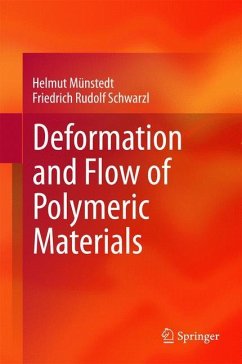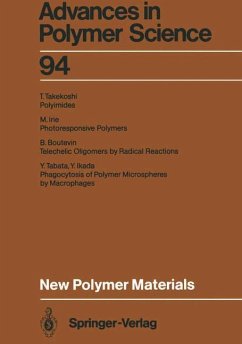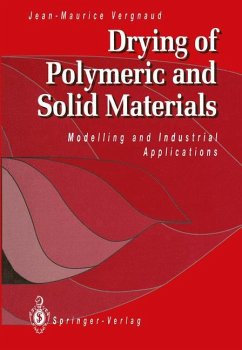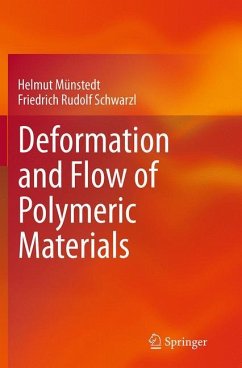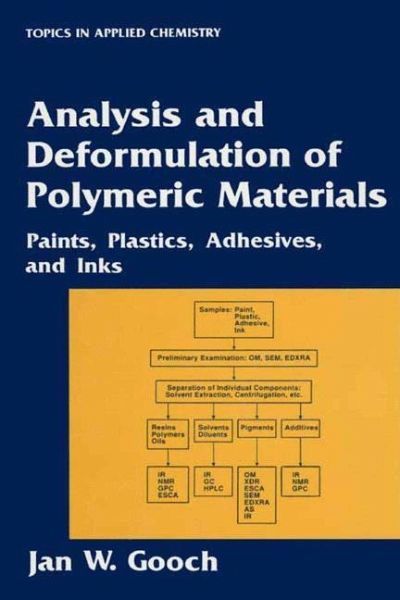
Analysis and Deformulation of Polymeric Materials
Paints, Plastics, Adhesives, and Inks
Versandkostenfrei!
Versandfertig in 6-10 Tagen
174,99 €
inkl. MwSt.
Weitere Ausgaben:

PAYBACK Punkte
87 °P sammeln!
This book is designed for the chemist, formulator, student, teacher, forensic scientist, or others who wish to investigate the composition of polymeric materials. Theinformationwithinthesepagesisintendedtoarmthereaderwiththenecessary workingknowledgetoanalyze,characterize, anddeformulatematerials. ThestructureoftheContentsisintendedtoassistthereaderinquicklylocating the subject of interest and proceed to it with a minimum of expended time and effort. The Contents provides an outline of major topics and relevant materials char- terizedforthereader sconvenience. Anintroductiontoanalysisanddeform...
This book is designed for the chemist, formulator, student, teacher, forensic scientist, or others who wish to investigate the composition of polymeric materials. Theinformationwithinthesepagesisintendedtoarmthereaderwiththenecessary workingknowledgetoanalyze,characterize, anddeformulatematerials. ThestructureoftheContentsisintendedtoassistthereaderinquicklylocating the subject of interest and proceed to it with a minimum of expended time and effort. The Contents provides an outline of major topics and relevant materials char- terizedforthereader sconvenience. Anintroductiontoanalysisanddeformulation is provided in Chapter 1 to acquaint the reader with analytical methods and their applications. Extensive references are provided as additional sources ofinfor- tion. All tables arelocatedin theAppendix, beginning onp. 235. GUIDE FOR USE This is a practical book structured to efficiently use the reader s time with a minimum effort of searching for entries and information by followingthese brief instructions: 1. Searchthe Contents and/orIndex fora subject withinthe text. 2. Analysis/deformulation principles are discussed at the outset to familiarize the reader with analysis methods and instruments; followed by formu- tions, materials, and analysis ofpaint, plastics, adhesives, and inks; and finally reformulation methods to test the results of analysis. 3. Materials and a wide assortment of formulations are discussed within the text by chapter/section number. 4. Materials are referred toby various names (trivial, trade, and scientific), and these are listed in tables and cross-referenced to aid the reader.







